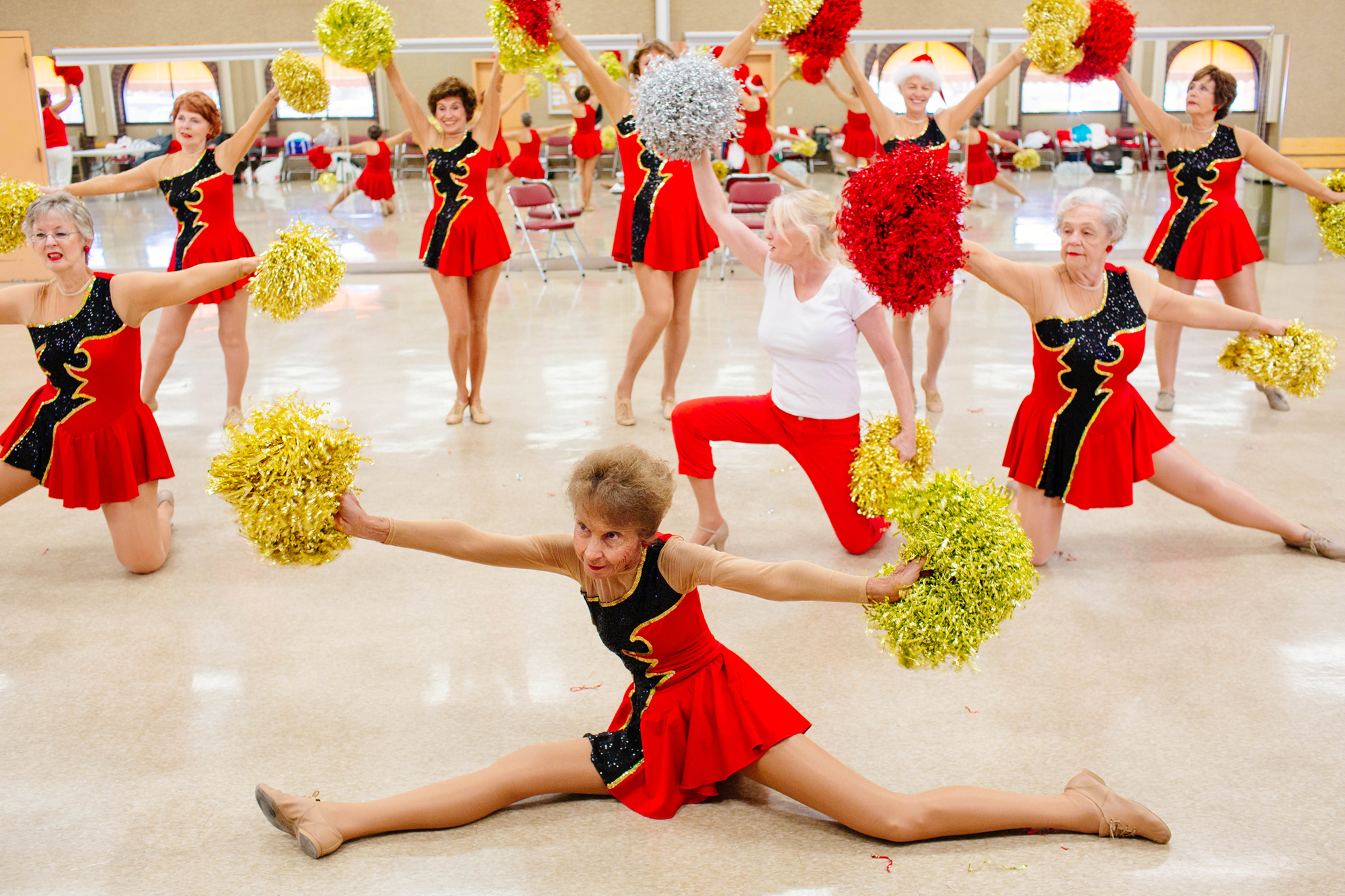I’m Stuart Jackson. executive vice president at Greystone. We are a development and operations consultant in all areas of senior living. We work with Life Plan Communities in over 40 states, and have consulted with well over 500 providers in our corporate history. We are often asked to come in and bring strategic thinking to help organizations grow, adapt and change.
Recently, Brad Straub, executive vice president at Greystone, and I presented “A Bird’s Eye View in Growth and Redevelopment” at the Greystone Sales Adventure event in Dallas. In this post, I’ll touch on some of the highlights, including trends within the space and how your peers are adapting their businesses to them.
An Overview of Our Current Environment
Our current environment has a lot of pressures and uncertainties. Inflation has had its impact. Labor has been difficult to come by. Interest rates are rising. Hopefully, we’re past COVID-19 to a degree, but that’s been painful and tough. Yet there are positive indicators, too, like demographic growth, economic improvement and a healthy real estate market (depending on where you are). Cost of capital has historically been a positive indicator. Rates are rising, but availability is still relatively strong.
Demographics Remain Strong
I want to emphasize the positive indicators that make us excited for the future of senior living. There will be continued, sustained growth of the senior population over the next 20 years. The roughly 25 million 75+ year-olds in the U.S. will grow to roughly 45 million, remaining strong. By the mid-2020s, twice as many people will celebrate their 65th birthday than in the 1980s and ‘90s.
Households Age 75+ by Income
All of that is great, but you might ask, “Will this generation have the economic means to move into a retirement community in the future?” We looked at projections from 2016 as to how many households would meet income thresholds in 2021. When we compared them to the actual 2021 data, the number of seniors meeting those thresholds were actually 30% to 40% greater than projected. That tells us that when looking to the future, seniors will have more income and assets than they had before.
US Home Values Up 110% Since 2002
In some locations we’ve seen a decline in home prices. But we have to take a broader view. Seniors who have owned their homes for a long time have experienced significant run-ups in price. The value of homes post-COVID-19 has skyrocketed. That’s a positive indicator for entrance-fee-based communities, as seniors will have even more assets than anticipated.
Favorable Mortgage Rates
The bond market expects mortgage rates will average 5.6% in 2023. If you look at rates, they’ve risen sharply over the last nine months, but they are still at all-time lows. They’re projected to normalize in the 5% range. That’s great for a buyer looking to buy a senior’s home when they sell it.
Current Market Conditions
Sales and pricing conditions are slow or very slow in 64% of markets, down from 81% last month. 36% of markets are normal, which reflects 2–3-month sales per community with rising net prices. Homes are selling in around 60 days, which is pretty normal for this last decade.
What’s on Providers’ Minds Today?
Let’s shift to the current landscape and touch on the mindset of the customer. Even if people have a high-value home, that doesn’t necessarily mean they’re confident in selling their house and moving into senior living. They may be hearing about the economy and putting a pause on the decision-making process. So how do communities address planning for the future?
We’re seeing a range of methods to position communities for the future, including expansions of current campuses, new locations, satellite locations, acquisitions and affiliations. Let’s focus on a few.
Expansions
Expansions are a great way to incrementally innovate your campus, to better position yourself with current residents, and better serve future Boomer residents who may look to your community for aging well. We believe you should create projects in small phases that are both market- and financially supportable, in order for expansions to support themselves and generate benefits for your organization.
Independent living is the main focus. Creating larger accommodations has absolutely been a trend, because Boomers have more resources and are willing to pay for, or wait for, bigger accommodations. If you have one-bedrooms or studios, you may find those challenging to fill. If you have assisted living and/or memory care on campus, our view is to right-size those types of residences to benefit mostly your internal population, and have them fill those levels of living. Choice for the consumer is key. There is lots of focus on dining and amenity spaces, and how existing spaces can benefit new prospects. We’ve talked about pickleball more in the last six months than I think we ever have! That’s what we’re seeing a lot of, combined with great social spaces.
Canterbury Court is an example of a recent Greystone expansion. This Buckhead Atlanta community has a replacement healthcare building going in next to their existing towers. We’ve been helping them adjust by reducing their healthcare and adding more independent living.
Satellite Campuses
Another trend we’re seeing is the satellite campus. If you’re landlocked and have a difficult time adding more land to your campus, but you need more independent living to improve your offerings, the way to do so is with a satellite location. At Friendsview in Portland, we created an expansion of an existing satellite cottage community, about one-and-a-half miles from the main campus. This satellite community is also adjacent to the nearby college campus for lifelong learning opportunities. It’s already sold out and filled up.
Strategic Pricing
Another area we spend a lot of time digging into is strategic pricing analysis to really evaluate your market.
Nationally, the number of age-and-income-qualified seniors in the market has jumped 20% in the last two years. Your market can afford more. There is value in adjusting your entrance fees and monthly fees, and you can analyze your current pricing and compare it to the pricing of your competitors. Once you have that knowledge of your market, you can determine how to change your pricing and contract structures, and look at your healthcare benefit and refund options. This analysis can help your businesses with inflation and rising costs that are putting pressure on your operating margin.
One thing to do in any pricing analysis is prepare a penetration analysis. We actually test every unit, style and price point across monthly and entrance fees, to understand the market’s ability to afford those specific price points within your mix of units. That penetration rate shows either risk or opportunity in your marketplace.
I hope this analysis of the latest trends in senior living has been helpful to you. Today’s landscape has challenges, but there are many positive indicators that can help your community move forward to a successful future.



